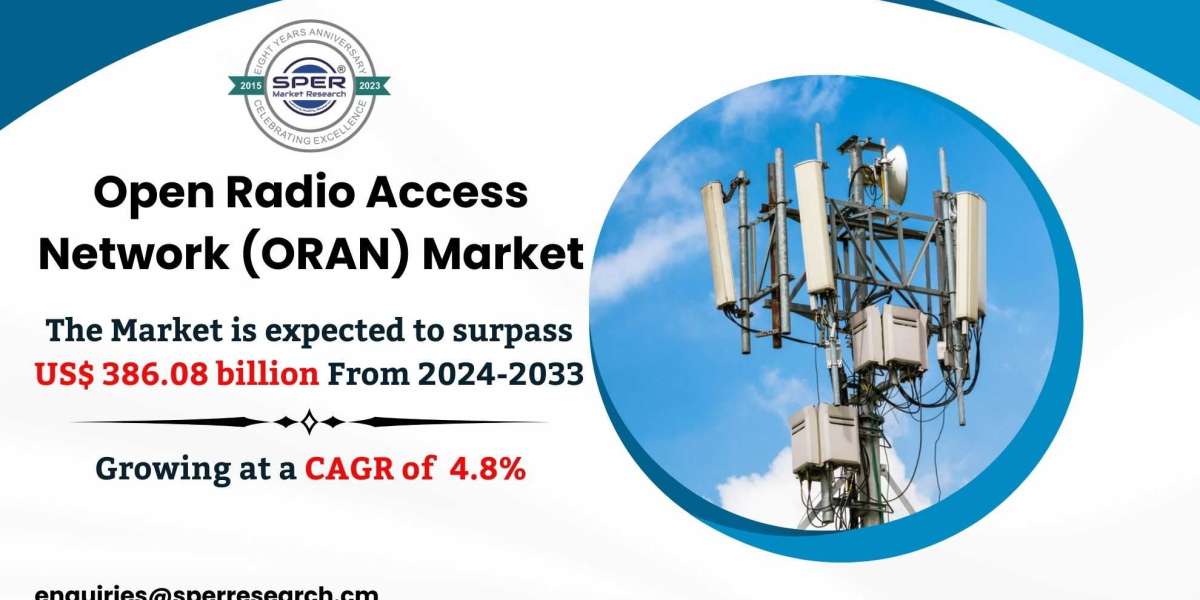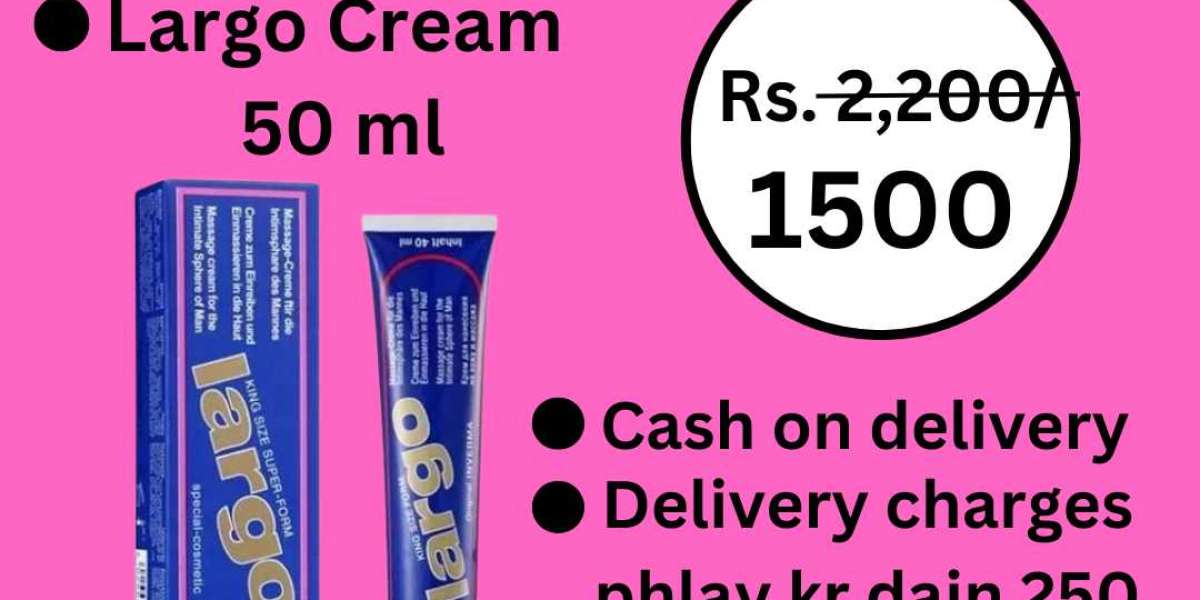Increasing Availability of Life-Saving Overdose Reversal Medication
As the opioid overdose epidemic continues to ravage communities across America, greater access to the life-saving medication naloxone has become a key component of response efforts. Naloxone is an opioid antagonist that can rapidly reverse the effects of an opioid overdose when administered in time. Expanding naloxone distribution has been championed by public health experts as a practical harm reduction strategy that hasalready proven effective in saving lives.
Overdose Prevention Programs Expand Nationwide
Many states and localities have established overdose education and naloxone distribution programs in recent years. Such programs provide naloxone training and supply rescue kits containing naloxone and instructions to individuals at risk of overdose as well as their friends and family members. Standards have also been eased allowing naloxone to be recommended without an individual prescription in most states. The impact of these efforts has been significant, with studies finding up to a 50% reduction in fatal overdoses associated with naloxone access in some areas. Over 600,000 naloxone kits were provided nationwide in 2020 through various programs as demand continues growing sharply each year.
New Delivery Formulations in Development
In addition to widening the availability of existing naloxone formulations like intramuscular injections and nasal sprays, researchers are working to develop additional delivery methods. An inhaled naloxone powder is undergoing FDA review and could provide a non-injected option for reversing overdoses. Auto-injectors are also in clinical trials, with the aim of creating a naloxone product comparable to EpiPens for emergency self-administration even by untrained bystanders during an overdose. Long-acting injectable and implantable naloxone formulations are also under investigation to provide reversals lasting weeks or months for high risk patients unable to store naloxone themselves reliably.
Pharmacies At the Frontlines of Distribution
Retail pharmacies have emerged as a frontline access point for obtaining naloxone rescue kits as part of state-sanctioned standing order programs. Major pharmacy chains like CVS, Walgreens, Rite Aid and Kroger now provide naloxone without prescription per these statewide protocols. Pharmacists undergo training to counsel customers on overdose prevention and administering naloxone effectively. This places pharmacies squarely in a public health role, alongside increasing dispensation of medications for addiction treatment. Advocates say co-locating overdose rescue and addiction treatment options can help break down stigma and streamline access to live-saving care.
Shifting Coverage and Reimbursement Policies
As the evidence in favor of expanded naloxone access mounts, insurance policies and government program coverage criteria are adapting. Most private insurers have now agreed to cover naloxone rescue kits without imposing bureaucratic obstacles or co-pays to discourage affordability. Medicare and Medicaid programs in many states will also reimburse for naloxone distribution through pharmacies or other approved providers. Some harm reduction organizations even receive grant funding to distribute naloxone kits free of charge. Such shifts in coverage aim to eliminate financial barriers that could prevent at-risk individuals or their networks from obtaining naloxone readily during an emergency.
Business Opportunities Emerging for U.S Naloxone Market
With naloxone demand and distribution networks expanding rapidly, new market and business opportunities are arising within the overdose response space. Companies that produce naloxone nasal sprays and injection kits have seen greatly increased government contracts and commercial sales in recent years. Generic naloxone producers have also gained greater market shares. Technology startups are piloting platforms to connect naloxone suppliers with harm reduction programs. And pharmacies are attracting new customers through prominently marketed naloxone services. Industry analysts project the U.S Naloxone Market growing well over 10% annually through 2025 as policy changes facilitate widespread availability and utilization.
In summary, greater societal prioritization of expanding Medication Naloxone access nationwide reflects its proven potential to save lives amidst the ongoing opioid overdose crisis. Policy reforms along with harm reduction infrastructure development have supported swiftly increasing distribution. Continued innovation on naloxone formulations and delivery methods also holds promise to make reversal therapy even more widely usable in emergency overdose situations. As coverage policies adapt to encourage naloxone affordability and procurement, new opportunities are also arising for industry players across the overdose response sector. With an estimated 130 Americans still dying daily, maximizing naloxone availability remains critically urgent public health mission.
Search
Popular Posts
-
 Laser Cleaning Dry Market Size, Industry & Landscape Outlook, Revenue Growth Analysis to 2030
By ajit Chary
Laser Cleaning Dry Market Size, Industry & Landscape Outlook, Revenue Growth Analysis to 2030
By ajit Chary -
 The mobile app Pin Up casino
By Pin Win
The mobile app Pin Up casino
By Pin Win -
 Misliaz: Azərbaycanın Lisenziyalı Bukmeker Kontoru və Onlayn Kazinosu
By NIKOL
Misliaz: Azərbaycanın Lisenziyalı Bukmeker Kontoru və Onlayn Kazinosu
By NIKOL -
 Bộ Camera Wifi Cho Cửa Hàng Giá Rẻ
Bộ Camera Wifi Cho Cửa Hàng Giá Rẻ
-
 Turkey E-Visa for Australian Citizens
Turkey E-Visa for Australian Citizens



